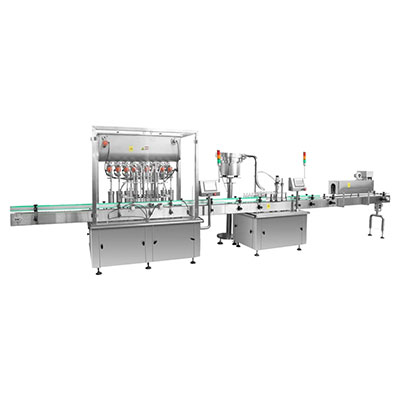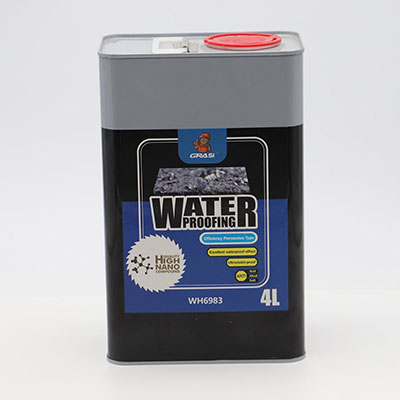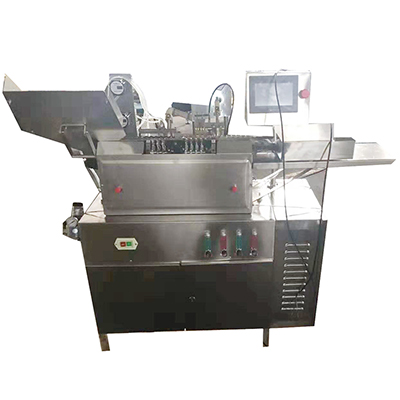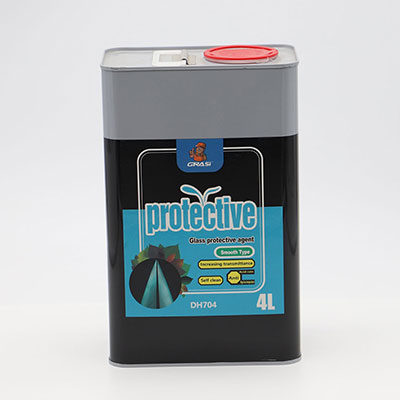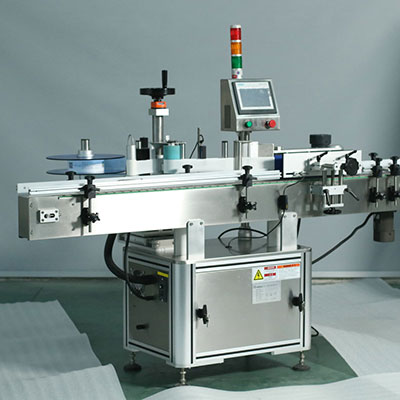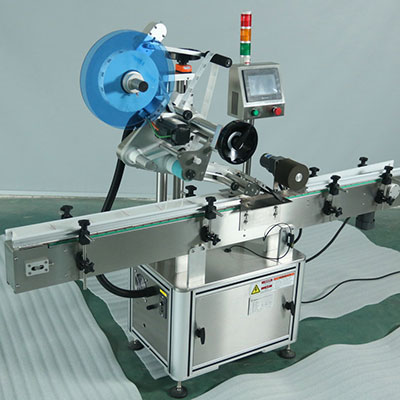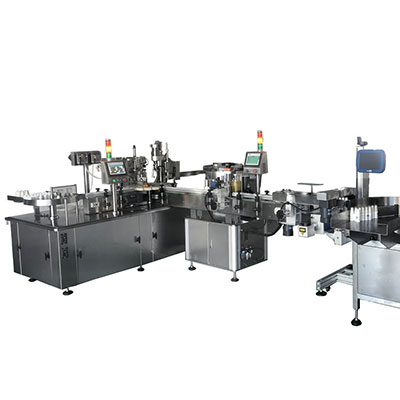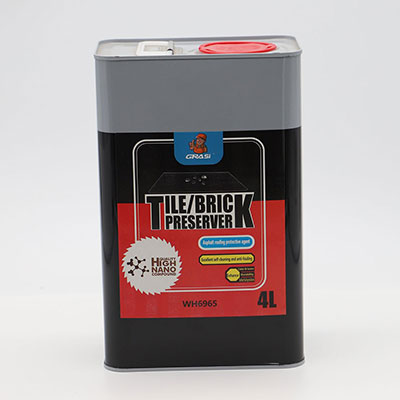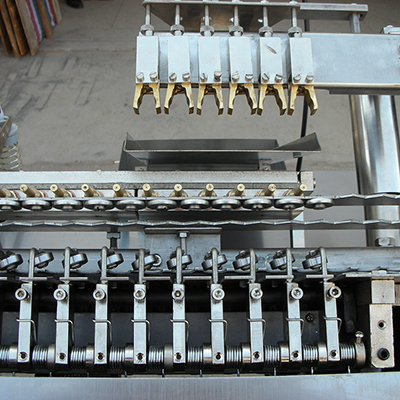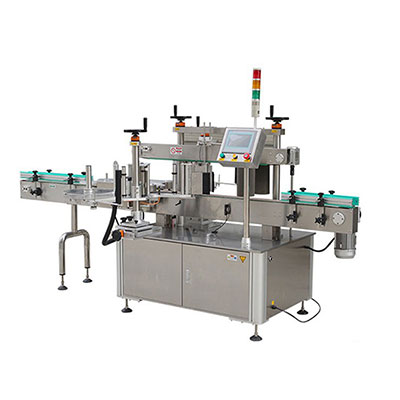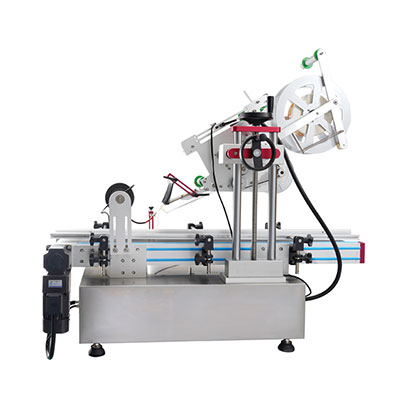RFJA10 Air Jet Loom
The RFJA10 air jet loom is most commonly employed to weave various natural, synthetic, blended, and rayon(manufactured regenerated) fibers, for apparel, upholstery, and industrial use.
High-Speed and Large-Width Weaving
I. Two sturdy box-shaped wall panels on both sides of the loom are bridged by one solid cross beam, which comprise the main frame of the air jet loom. Reinforced by middle bracings, the frame is reliable and vibration resistant, permitting the loom to weave large width yarns at high speed while generating low noise.
II. The rock shaft is made of solid steel with middle bracings (cross bars) for improved rigidity. During weft beat-up, the strengthened rock shaft provides for strong beat-up force enough to handle high-density weave.
III. The loom adopts the highly advanced starter motor to deliver high-power torque at start, enabling increased beating power for first pick. Meanwhile the large torque electromagnetic brake is utilized to improve the loom braking performance, preventing sudden loom stoppage, and contributing to high quality production.
NC System for User Convenience and Operability
I. The operation keyboard comes with a display screen so that the data information which reflects the loom running status, failure cause, and crafting parameters can be shown in the said screen. The function keys facilitate data input while allowing the input parameters to be stored or entered into the system via the memory at any time.
II. Via the digital memory card or central computer, all the data that have been set in one loom can be stored or transmitted to other RFJA10 looms. Those settings include weft color, weave pattern, warp tension, and weft density. The software used in the NC system also can be updated by using the memory car.
III. Friendly human-machine interface.
IV. The locking buckle on the cloth take-up roller facilitates changing cloth roll. The maximum diameter of the cloth roll is up to 600mm. The cloth can be wound in by the take-up roller even the loom is operating.
Stable and Energy-Saving Weft Insertion Mechanism
I. The weft insertion mechanism is an assembly of main nozzles, aide nozzles, and profiled reed that work in combination to insert the weft into the warp. The basic process works as follows:
The CPU signals the solenoid valve to switch on or off, which in turn excises real-time control over the nozzles. The mechanical linkage of the main and aide nozzles allow the weft be shot to the opposite side by a puff of compressed air. The low-speed air deals little damage to the weft. Even when the air jet loom deals with large-width yarn, weft breakage seldom occurs.
II. The aide hoses are disposed very close to the aide nozzle. The shortened air supply passage enables higher speed puff of air while using less energy.
III. In order for detection of weft breakage or bending at larger width, the anti-soiling, stable-functioning double-detector is utilized to detect not only the common short or bent weft, but also the broken weft (as a result of strong blowing air) or lengthened weft.
IV. On the opposite side where the weft reaches, there are drawing-in nozzles which expedite its arrival, which decreases the air amount consumed by aide nozzles. In addition, the drawing-in nozzles also make the loose filament yarn tightly stretched.
V. When the weft pick is about to arrive at the other side of the loom, its tension also reaches the peak value. At this point, the tightly stretched pick is easy to be broken. Thanks to the weft stop protector, the arrival of the weft pick can be controlled to prevent weft breakage or slack weft.
VI. The vibration effect of our weft accumulator ensures a smooth let-off motion of the pile yarn, long-length weft yarn, and multi-color complex filament.
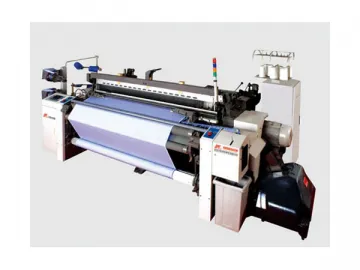
Versatile Shedding System
I. One primary feature of our shedding system is its modular design in which the transmission mechanism can be removed and replaced by another one. In a shedding system which is driven by the crank assembly(including the crankshaft and connection rod), it allows maximum six heald frames to be installed. The cam shedding system is most commonly used to make satin weave, twill weave, and plain weave while permitting maximum 10 heald frames. The dobby shedding system, whether it be positive or negative type, accommodate as many as 16 heald frames. This shedding system enables the loom to weave various fabrics. The weave pattern setting and adjustment are both controlled by the computer.
Set Mark Prevention
I. The air jet loom adopts the starter motor that delivers enough power to drive the engine for starting, which in turn provides the sufficient beat-up force acted on the first group of weft pick.
II. The warp let-off motion will be stopped immediately after the loom stops so that the reed which moves at slow, reverse motion should never touch the cloth fell, avoiding set marks. During loom re-start, the warp tension will return to its initially designated value while the loom starts beating up at the correct location.
III. The start angle and stop angle can be set according to the variety of weaves and set marks.
IV. At the loom re-start, the warp count value needs to be set at a proper level based on the cause of loom stoppage and loom down time, in order to avoid the set mark. Additionally, the warp tension can be compensated via the electronic take-up system.
V. One-off Weft Insertion: There is no need to beat up the weft after loom re-start. This avoids set marks to be produced on the thick twill fabrics.
Cloth Fell
The top-mounted temple with increased loom beating-up anteversion angle and the yarn guide rod which is located near the cloth-fell allows the dobby weave, double-layer weave, trio-layer weave, jacquard weave, and high-density weave to acquire a sturdy cloth-fell.
Additionally, the tidy, spacious, flamboyant features of the loom physical appearance along with the good price performance ratio make our loom an ideal choice for customers.
Technical Parameters
| Item | Specifications | Optional Components |
| Reed Width | Nominal Reed Width: 190cm, 210cm, 230cm, 250cm, 280cm, 340cm, 360cm | |
| Effective Reed Width: 0 ~ 60cm subtracted from the nominal reed width value which ranges between 150cm and 250cm. or 0 ~ 80cm subtracted from the nominal reed width value which is 280cm or the above | ||
| Weaving Capacity | Staple Fiber: Ne100 ~ Ne5 | |
| Filament: 50D ~ 900D | ||
| Weft Selection Device | 2 colors or 4 colors of weft | |
| Power | Electromagnetic brake to control the loom to stop at the designated point. | |
| Starter Motor:3.0kw (for cam shedding system) 3.7kw(dobby shedding system) 6.5kw(jacquard shedding system) | ||
| Push buttons (operated by two hands) | ||
| Weft Insertion Device | Main nozzles and aide nozzles | Relay nozzles |
| Profiled Reed | ABS Weft Brake | |
| Aide Hoses | ||
| Shedding System | Negative cam shedding system: 8 heald frames(maximum) | |
| Crankshaft shedding system: 4 or 6 heald frames | ||
| Positive cam shedding system: 8 heald frames | ||
| Dobby shedding system: 16 heald frames(maximum) | ||
| Jacquard shedding system | ||
| Warp Let-off | Electrically controlled, continuous, positive warp let-off motion | |
| Single warp beam(for loom with reed widths below 250cm) | Single or double warp beam(for loom with reed widths above 250cm) | |
| Positive warp let-off | ||
| Warp flange diameter: Ф 800mm | Φ914mm, Φ1000mm | |
| Cloth Take-up | Mechanical continuous cloth take-up | Electronic cloth take-up |
| Weft density: 25 ~ 205 picks/inch (for mechanically controlled cloth take-up) 25 ~ 300 picks/inch(electronically controlled cloth take-up) | ||
| Maximum cloth roll diameter: Ф 600mm(for cam, dobby, jacquard shedding system) Ф 520mm(for crankshaft shedding system) | ||
| Weft Beat-up | Weft beat-up mechanism with multiple sley swords and crankshaft(for power transmission) | |
| Weft beat-up mechanism with four connection rods(for beating narrow-width yarn) Weft beat-up mechanism with four connection rods(for beating large width yarn) | ||
| Weft Length Measurement and Weft Accumulator | Electrically controlled drum-shaped weft accumulator | Vibration type weft accumulator |
| Filling Supply Stand | Floor mounted for 4 packages (2 colors); floor mounted for 8 packages (4 colors) | |
| Selvedge Formation | Selvedge forming device with planetary gears | |
| Waste filling Removal | Catch cord type (3-roller type), catch cord type (gear type) | |
| Weft Shearing | Mechanical weft shear | |
| Lubrication | The main transmission system is lubricated in the manner of oil bath while the other transmission mechanisms are lubricated by forcing oil into them. | Automatic Centralized Lubrication |
| Stop Protector | Weft stop protector: photoelectric weft detector, double detector | |
| Warp stop protector: with 6 rows of electrical contact points | ||
| Other stop-motion mechanisms available to stop the loom automatically if the selvedge breaks. | ||
| Loom Stop Display: When the loom stops, the 4 color LED light will be turned on. The reason which causes the loom to stop will be displayed on the human-machine interface. | ||
| Automatic Functions | Control system: with micro-computer (data setting, automatic control, monitoring, self-diagnosis function) | |
| Broken weft finding device: automatic pick finder | ||
| Motion of inching forward via frequency converter(forward and reverse rotation) | ||
| Monitor output terminal | ||
| Memory card system | ||
| Automatic jetting control |
Dimensions
| Nominal Reed Width cm (inch) | 190(75) | 210(83) | 230(91) | 250(98) | 280(110) | 330(130) | |
| W (2C) | Crankshaft shedding system | 3950 | 4150 | 4350 | 4550 | 4850 | 5350 |
| Positive cam shedding system | 4090 | 4290 | 4490 | / | / | / | |
| Positive cam shedding system (SATUBLI:1661) | 4330 | 4530 | 4730 | 4930 | 5230 | 5730 | |
| Bottom mounted positive dobby shedding system (SATUBLI:2861,2871) | 4430 | 4630 | 4830 | 5030 | 5330 | 5830 | |
| A | 1900 | 2100 | 2300 | 2500 | 2800 | 3300 | |
| B | 2540 | 2740 | 2940 | 3140 | 3440 | 3940 | |
Basic Information
| Model NO. | RFJA10 |
| Type | Weaving Machinery |
| Certification | ISO |
| Export Markets | Eastern Europe, Southeast Asia, Africa, Mid East, Eastern Asia |
Additional Information
| Trademark | RIFA |
| Packing | Wooden Pallet |
| Standard | Reed width: 190cm ~360cm |
| Origin | Liaocheng City, Shandong Province , China |
| HS Code | 8446305000 |
| Production Capacity | 1200sets /Year |
Related Names
Industrial Textile Making Machine | China Weaving System Supplier | Yarn Weaving Device
Links:https://www.globefindpro.com/products/45701.html
-
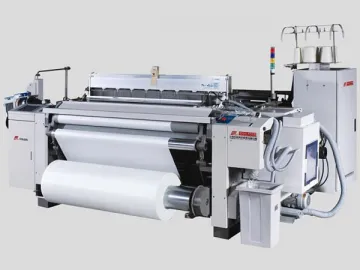 RFJA12 Air Jet Loom
RFJA12 Air Jet Loom
-
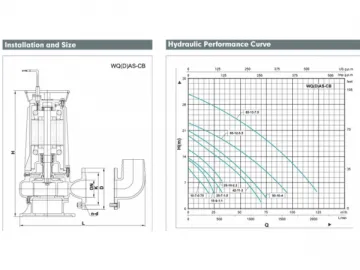 WQ(D)AS-CB Cast Iron Submersible Sewage Pump
WQ(D)AS-CB Cast Iron Submersible Sewage Pump
-
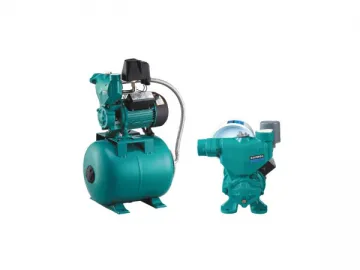 AWZB-A Automatic Peripheral Self Priming Pump
AWZB-A Automatic Peripheral Self Priming Pump
-
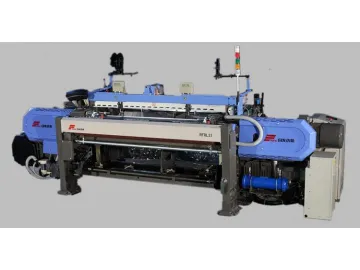 RFRL31 High Speed Rapier Loom
RFRL31 High Speed Rapier Loom
-
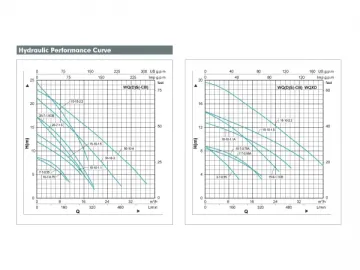 WQXD Stainless Steel Submersible Sewage Pump
WQXD Stainless Steel Submersible Sewage Pump
-
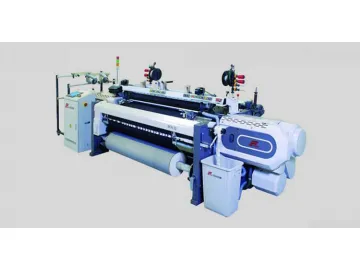 RFRL30 High Speed Rapier Loom
RFRL30 High Speed Rapier Loom
-
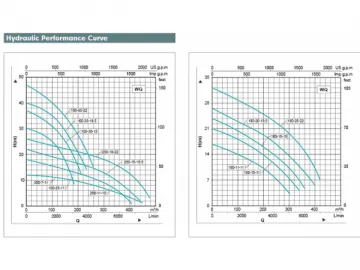 WQ Cast Iron Submersible Sewage Pump
WQ Cast Iron Submersible Sewage Pump
-
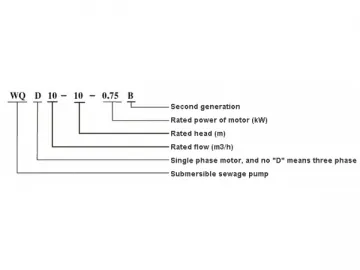 WQ(D)-B Submersible Sewage Pump
WQ(D)-B Submersible Sewage Pump
-
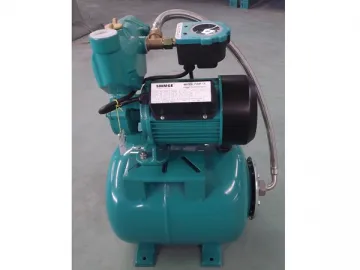 AWZB-AK Automatic Peripheral Self Priming Pump
AWZB-AK Automatic Peripheral Self Priming Pump
-
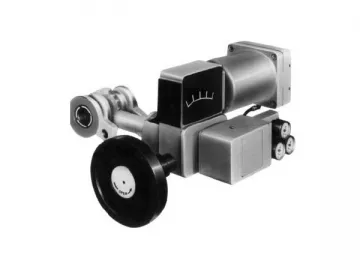 Eccentric Rotary Valve
Eccentric Rotary Valve
-
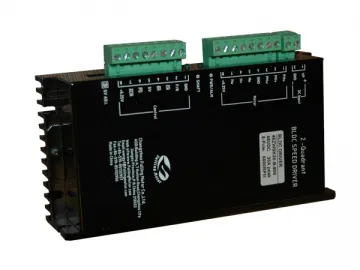 24V/36V/48V Brushless DC Electric Motor Driver
24V/36V/48V Brushless DC Electric Motor Driver
-
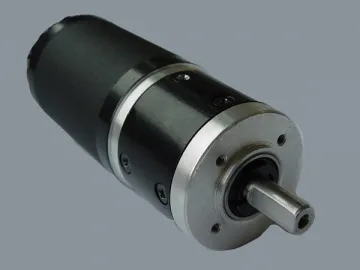 42mm Round Brushless Motor with 40mm Planetary Gearbox
42mm Round Brushless Motor with 40mm Planetary Gearbox

